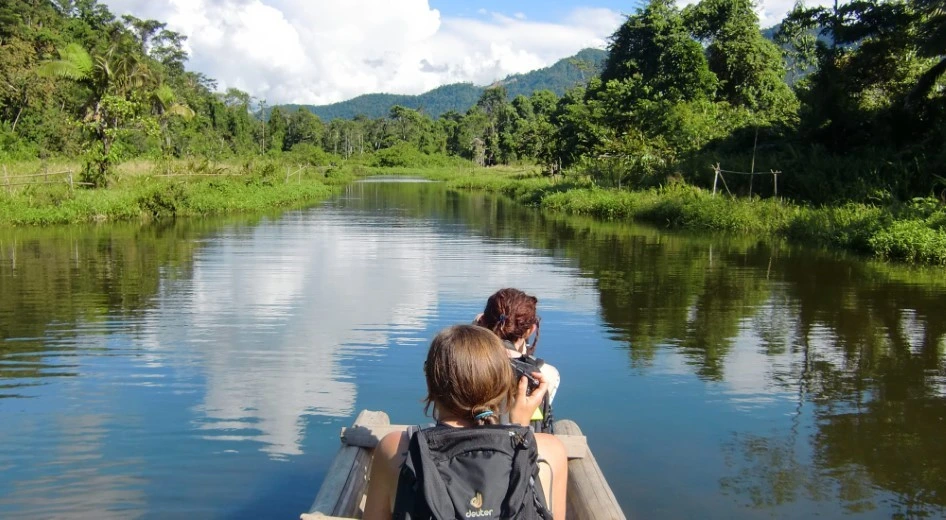Manu, located in the Amazon rainforest of Peru, is well known for its incredible biodiversity. In July, the forest of Manu National Park is usually dry and has clear skies, which makes it easier to observe animals such as the Andean cock-of-the-rock (Peru’s national bird) and other wild species. During the dry season (May to October), the rain decreases significantly, and with clear skies, it’s easier to hike and spot wildlife. This season coincides with vacation time in the US and Europe, which is why the park receives more visitors; even so, July is still considered the best month to explore the Manu Amazon rainforest.
Is it worth visiting Manu National Park in July?
Yes. July is part of the dry season in Manu, with almost no rain and sunny days. This month is considered the best time to visit Manu National Park. The trails are dry, the lagoons have low water levels, and animals tend to gather near the rivers. The lower humidity increases the chances of spotting wildlife and makes outdoor activities easier.
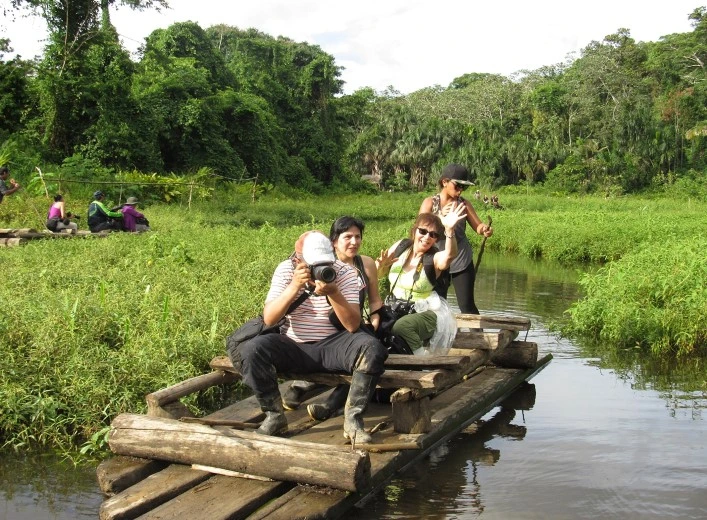
However, since it is high season, there are more tourists, so it is recommended to book in advance. Also, the days have a high UV index, so protection is necessary. At night it gets a bit colder (bring a light jacket). Overall, July is ideal for an adventure in the Peruvian Amazon rainforest, especially with a specialized agency like Peru Jungle Trips, which offers guided tours focused on wildlife and trekking.
Weather in Manu National Park in July
In July, the weather in Manu is warm and dry. The average minimum temperature is about 20°C (in the morning) and the maximum reaches 31°C (during the day). At night, it can drop to around 17–18°C, so it’s good to bring a light jacket for the early mornings. The month registers an average of just 50–61 mm of rain over 3 to 4 days, making it the driest month of the year.
The sky is usually mostly clear, with about 11.5 hours of sunlight per day (sunrise around 6:00 a.m. and sunset at 5:30 p.m.). These conditions make the trails accessible and the rivers navigable, eliminating the obstacles of the rainy season. In short, July is sunny with almost no rain, making it easier to enjoy outdoor activities and nature photography.
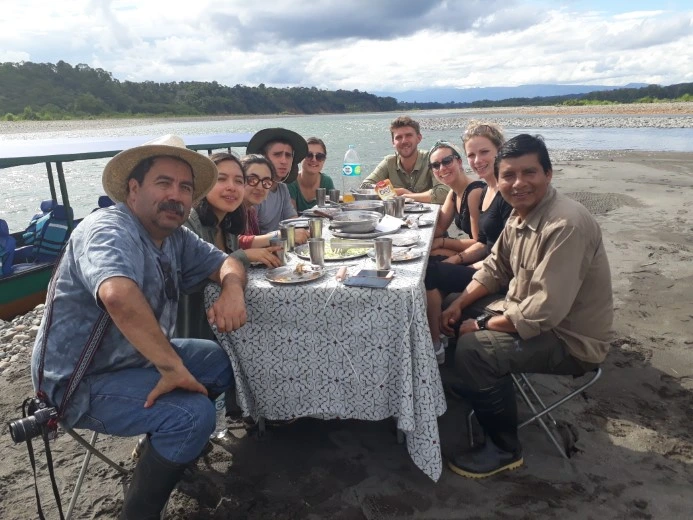
Advantages of visiting Manu National Park in July
- Dry and stable weather: Sunny days with almost no rain, ideal for exploring without mud and with better visibility.
- Better wildlife observation: Animals and birds are easier to spot when there’s little rain.
- More comfortable trails: Dry paths and mild temperatures (20–31°C) perfect for morning hikes.
- Longer days: Around 11.5 hours of daylight, ideal for full-day excursions.
- Unmissable adventures: Hiking, boat rides, and wildlife photography safaris are fully accessible.
- Fewer mosquitoes: The dry season has fewer insects than the rainy season.
- High season: Agencies like Peru Jungle Trips offer special packages and experienced guides in July.
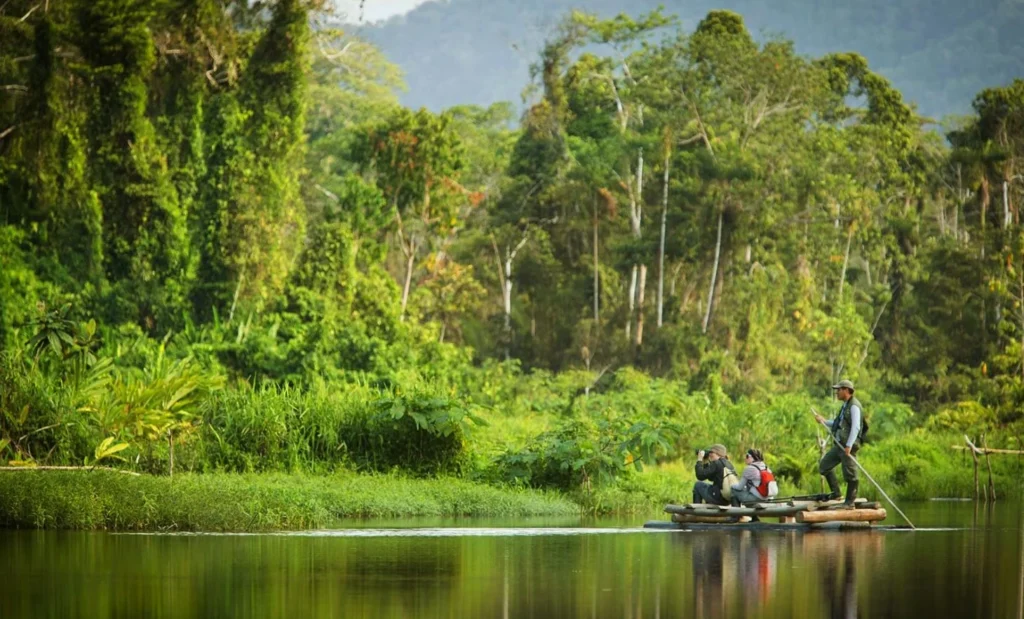
Disadvantages of visiting Manu National Park in July
- More tourists: July is high season, tours may be crowded, and prices tend to be higher.
- Strong sun: High UV index, it’s essential to use sunscreen and a hat.
- Heat and sweating: Temperatures close to 30°C can be uncomfortable; wear light clothing and rest in the shade.
- Physical effort required: Jungle trails are demanding. Not recommended for babies, people with reduced mobility, or elderly without physical preparation.
- Lack of tropical rains: The forest is drier, and there may be dust on the trails.
What to do in Manu National Park in July?
- Jungle hikes: Guided walks through Amazonian trails and cloud forests.
- Boat rides: Navigation along rivers like the Alto Madre de Dios or Manu River, observing caimans, birds, and riverside flora.
- Wildlife photo safaris: July is excellent for capturing images of birds and monkeys.
- Birdwatching: Parrots, macaws, toucans, and others are easily seen with clear skies.
- Terrestrial wildlife observation: Monkeys, tapirs, sloths, peccaries, and even felines in their habitats.
- Night walks: Guided with flashlights to spot nocturnal animals.
- Specialized guided tours: With Peru Jungle Trips, including lodging in rustic lodges, motorized canoes, and expert naturalist guides.
- Visit to clay licks: Groups of macaws feeding on minerals from earth walls.
- Safe river swimming: Some lodges offer safe areas to cool off.
- Amazon rainforest treks: The experience includes interpretive hikes through the Peruvian Amazon.
The guide can stop where the blue-and-yellow and green macaws gather at the clay licks, a colorful spectacle of the Manu jungle. In July, these birds appear in groups on the branches, providing a perfect opportunity for wildlife photography tours. Besides birds, along the walks you can see monkeys, tapirs, caimans, and giant otters. Every activity is conducted with respect for the ecosystem and with expert guides.
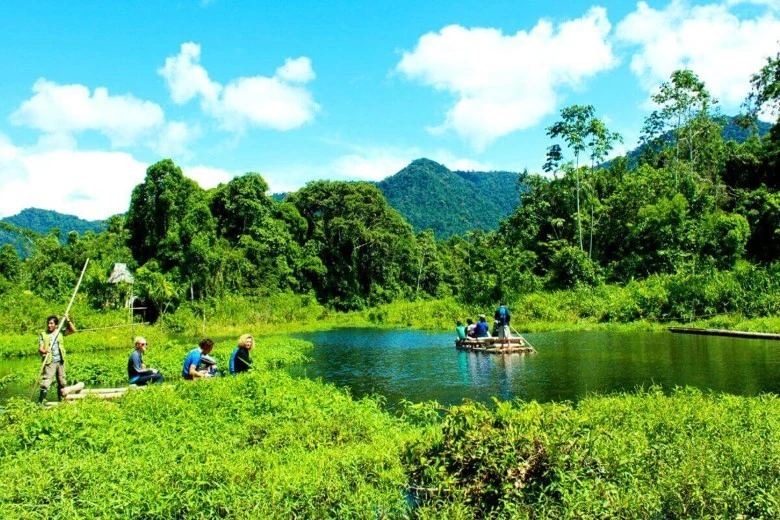
What to pack for Manu National Park in July?
- Lightweight long-sleeved shirts and long pants (sun and insect protection).
- Closed, comfortable trekking shoes and sandals for resting.
- Hat or cap, sunglasses, and high SPF sunscreen.
- Strong insect repellent (ideally with 40% DEET).
- Light rain jacket in case of light showers.
- Light sweater for cool nights.
- Flashlight with extra batteries for night hikes.
- Binoculars and camera with zoom to capture wildlife.
- First aid kit, personal medications, and travel insurance.
- Cash and a reusable bottle (no ATMs or services in the forest).
Frequently Asked Questions about Manu National Park in July
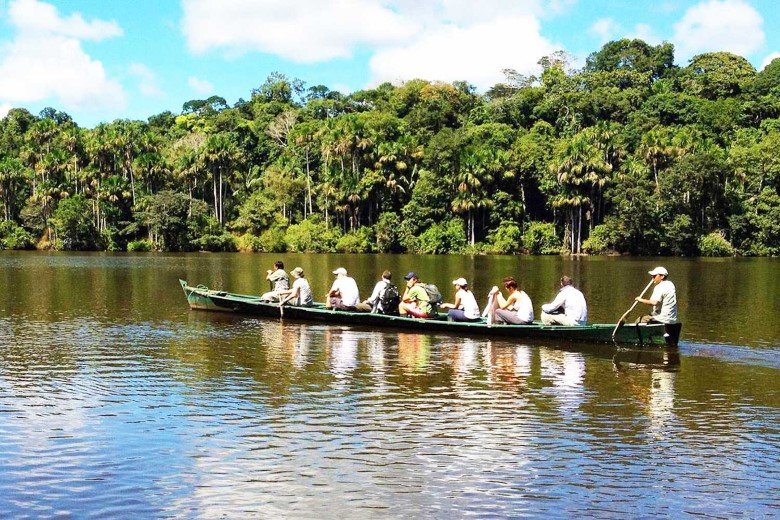
1. Why is it important to visit during the dry season in Manu National Park?
The dry season (May–September) ensures walkable trails, fewer insects, and better conditions for outdoor activities. July, in particular, has the lowest level of rainfall, which reduces cancellations and improves the overall experience.
2. What is the best way to book a tour to Manu in July?
It is recommended to plan 4–6 months in advance. You can contact specialized tour operators directly or use online booking platforms to compare itineraries and prices.
3. How to physically prepare for the Manu National Park tour?
Go on weekly hikes of 10–15 km for two months before the trip to improve endurance. Include strength training for legs and back as well.
4. What wildlife can be seen in Manu National Park in July?
Monkeys (howler monkeys, capuchins), birds like macaws and tanagers, large mammals such as tapirs and giant otters, along with unique Amazonian insects and amphibians.
5. Are tours to Manu National Park recommended for children or older adults?
Manu offers a unique experience but requires good physical condition. It is not recommended for very young children or people with limited mobility. However, older children and active older adults can enjoy the trip if they take precautions: walk slowly, stay hydrated, and rest when needed.
It’s always best to consult with the agency (such as Peru Jungle Trips) to choose routes suited to the group’s age and physical condition. Adventurous families will find Manu an unforgettable experience, as long as they are well prepared.
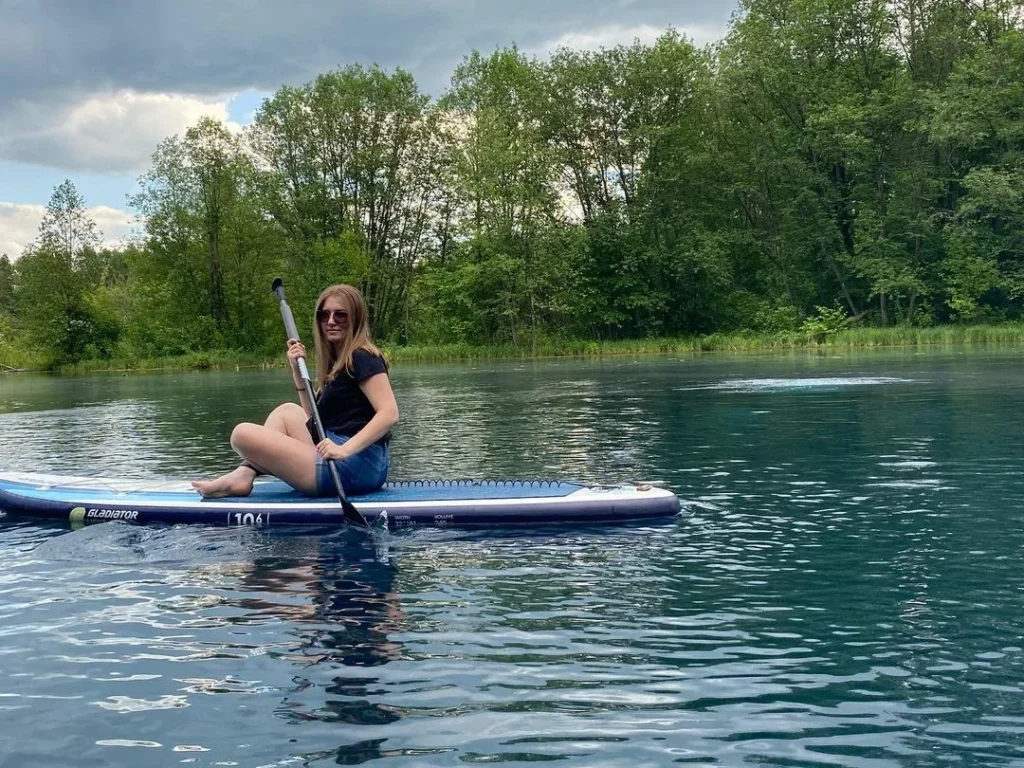
July is the best month to visit Manu National Park. The dry weather and clear skies allow for wildlife viewing of animals like macaws and monkeys, comfortable hiking, and boat excursions. While there are more tourists, the experience in the Amazon rainforest is optimal. It is recommended to bring sun protection, repellent, and book in advance. Book today with Peru Jungle Trips and explore the incredible biodiversity of Manu National Park.
Tours to Manu National Park you may be interested in:
- Manu National Park Tour (3 Days)
- Manu Jungle Tour (4 Days)
- Manu National Reserve (5 Days)
- Manu Reserved Zone (6 Days)
- Manu Amazon Rainforest Expeditions (7 Days)
Discover Manu National Park in June: advantages, disadvantages, and how to make the most of your trip.
➜ Manu National Park in June: Trip to the Amazon Rainforest
Everything about Manu National Park in August: weather, what to bring, advantages and disadvantages.
➜ Manu National Park in August: Advantages and Disadvantages

